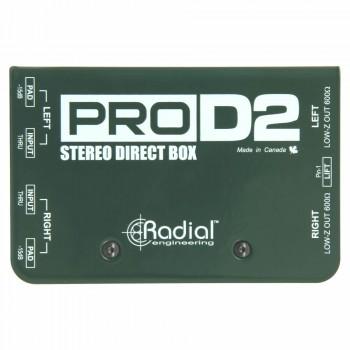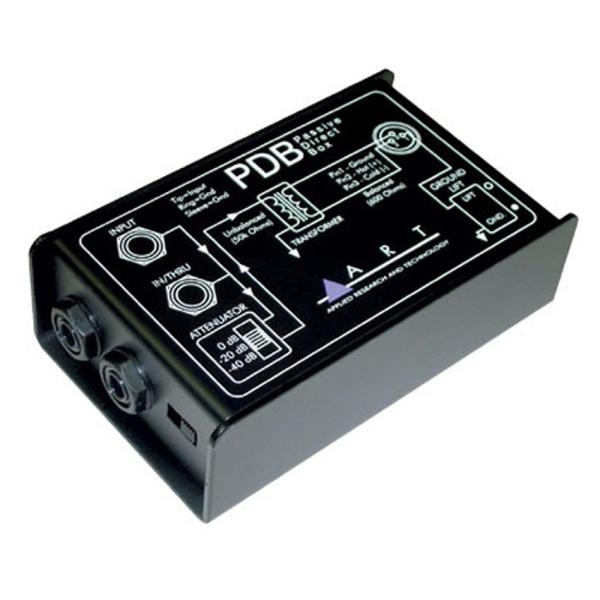Language
DI box
-
Active Versus Passive DI Box
The DI box (for direct injection or direct input), also known as a direct box, is a device who’s main basic function is to convert the unbalanced high-impedance output of an instrument’s signal into a balanced low impedance one, which in turn allows longer cable runs without adding noise, among other benefits. In their most basic setup, DIs are usually equipped with at least one input and two outputs; one being a through-put for an instrument amplifier and the other for input to a PA system. The second of those outputs works through an XLR connection which also allows it to be connected to the microphone inputs of a mixer. Today, we're going to look at a little bit of history along with the differences between the two types of DI boxes -- active and passive. Continue reading → -
The Difference Between Resistive And Reactive Loads
Tube amps are like the holy grail of rock tone. No matter how much technology has progressed and given us plenty of new toys to play around with, there’s no substitute for a good tube amp. But that’s not to say that they aren’t without their drawbacks. While they excel at tone, they can be delicate machines. For example, if you were to operate your amp without a speaker (such as when recording to a computer interface), it would likely damage it. Continue reading → -
Tech Tips: The DI Box
 Check out all of our DI Boxes right here!
The DI box (for direct injection or direct input), also known as a direct box, is a device who’s main basic function is to convert the unbalanced high-impedance output of an instrument’s signal into a balanced low impedance one, which in turn allows longer cable runs without adding noise, among other benefits.
In their most basic setup, DIs are usually equipped with at least one input and two outputs; one being a through-put for an instrument amplifier and the other for input to a PA system. The second of those outputs works through an XLR connection which also allows it to be connected to the microphone inputs of a mixer (more on that in a bit). Another extra function of the direct box is its ability to eliminate AC hum that stems from ground loops. It should also be noted that DI’s come in two main flavors – active and passive. All this is well and good, but what does that mean for you and your sound? Well, let’s take a deeper look into the world of DI’s and find out, but first…
Continue reading →
Check out all of our DI Boxes right here!
The DI box (for direct injection or direct input), also known as a direct box, is a device who’s main basic function is to convert the unbalanced high-impedance output of an instrument’s signal into a balanced low impedance one, which in turn allows longer cable runs without adding noise, among other benefits.
In their most basic setup, DIs are usually equipped with at least one input and two outputs; one being a through-put for an instrument amplifier and the other for input to a PA system. The second of those outputs works through an XLR connection which also allows it to be connected to the microphone inputs of a mixer (more on that in a bit). Another extra function of the direct box is its ability to eliminate AC hum that stems from ground loops. It should also be noted that DI’s come in two main flavors – active and passive. All this is well and good, but what does that mean for you and your sound? Well, let’s take a deeper look into the world of DI’s and find out, but first…
Continue reading → -
Check Out the USB-Pro High-Resolution Stereo Direct Box by Radial Engineering
Radial Engineering Ltd is pleased to announce the USB-Pro, a high-resolution stereo direct box designed to convert sound files from a laptop computer and seamlessly transfer them to a pair of balanced audio outputs to feed a PA, recording or broadcast mixing console. According to Radial President Peter Janis: "For years, Radial customers have been asking us to get into... -
TECH TIPS: DI Boxes: The Basics
Here at Proaudioland we have a great selection of DI boxes...and here is a good run down from Fender of what these little guys do. If you gig a lot or do a lot of studio recording, you should have a good DI box. It’s a good idea for electric guitarists; it’s an even better idea for bass guitarists and...



